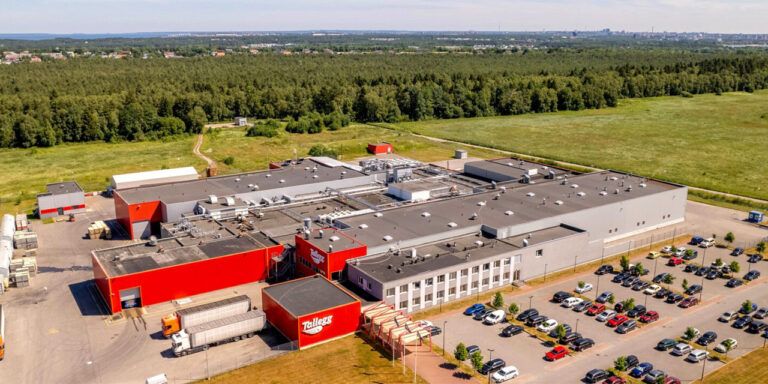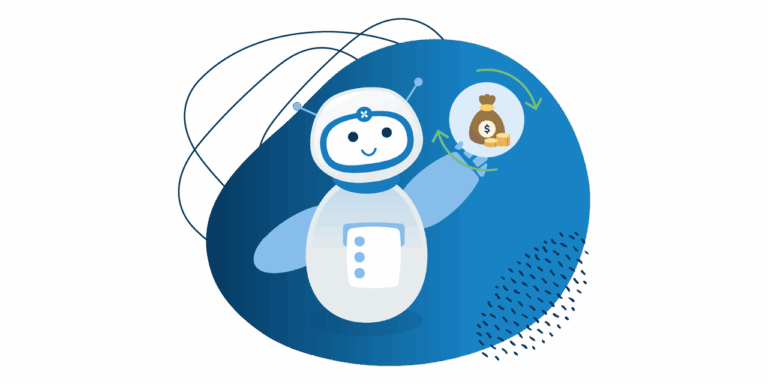Why do so many people working in retail find AI scary?
Jan 25, 2021 • 3 min
This article was originally published in RetailWire.
While artificial intelligence (AI) isn’t new — it’s been around since the 1950s — it is a hot topic right now. This is primarily because we now have the data and the computing power available to use it efficiently. Today’s retailers can take advantage of AI to streamline and improve business processes, but there’s also a lot of misinformation around the technology that must be addressed.
I’m not surprised, for example, that retail staffers are concerned that AI could affect them negatively and endanger their jobs. According to a recent KPMG study, only 26 percent of retail staff are supportive of the adoption of AI. And that is just one example — the press is full of articles implying AI is the great problem solver that will take over the need for human thought and intervention across the board.
This is simply not true. Because it’s a common misperception and fear, however, we need to shift the conversation away from AI and customer service (think robots in the aisle, ready to talk to customers and restock shelves). Instead, we should focus on how AI can be used to gather and interpret data and how those results can enhance — not replace — existing retail processes.
Retail is largely about managing the flow of inventory through the supply chain. Incorporating AI into demand forecasting and inventory optimization can improve product availability, reduce waste, smooth the flow of goods and improve operational efficiency in distribution and in stores. It can help produce better demand forecasts that accurately reflect the impact of promotions, cannibalization and even changes in the weather. It can also optimize orders to minimize spoilage while avoiding out-of-stocks and ensuring controlled ramp-ups and ramp-downs when a retailer’s assortment changes.
Plus, when AI is folded into workforce optimization software, schedule creation becomes less time consuming and much more accurate. Retailers can quickly develop work schedules that support both business initiatives and human needs, using forecasting data and considering local labor laws and individual work requirements. With AI to assist this process, the stress of either over or understaffing can be nearly eliminated, while offering store associates more predictable working hours.
AI really shines when it is incorporated into software to gather data that can be used to improve existing jobs and processes and, in turn, the lives of the people involved. Properly delivered, nearly anyone — not just mathematicians and data scientists — can interpret and use this data to move forward a project or improve a process.
What is the future of AI over the next 10, 20 or 50 years? I don’t think anybody knows at the moment. You can speculate, but I just don’t see it as a substitute for people. I believe those in retail should ask themselves, “If I want to further my career, how do I embrace AI and get the best out of it?” It shouldn’t be seen as a risk; it should be seen as something that helps you, not threatens you.
The good news is that, according to KPMG, “eighty-five percent of retail insiders believe AI has the potential to significantly improve operational efficiencies.” Adoption in the industry, however, is slow because of all of the barriers I’ve noted. What can we do to improve the perception of AI and get more people on board?


